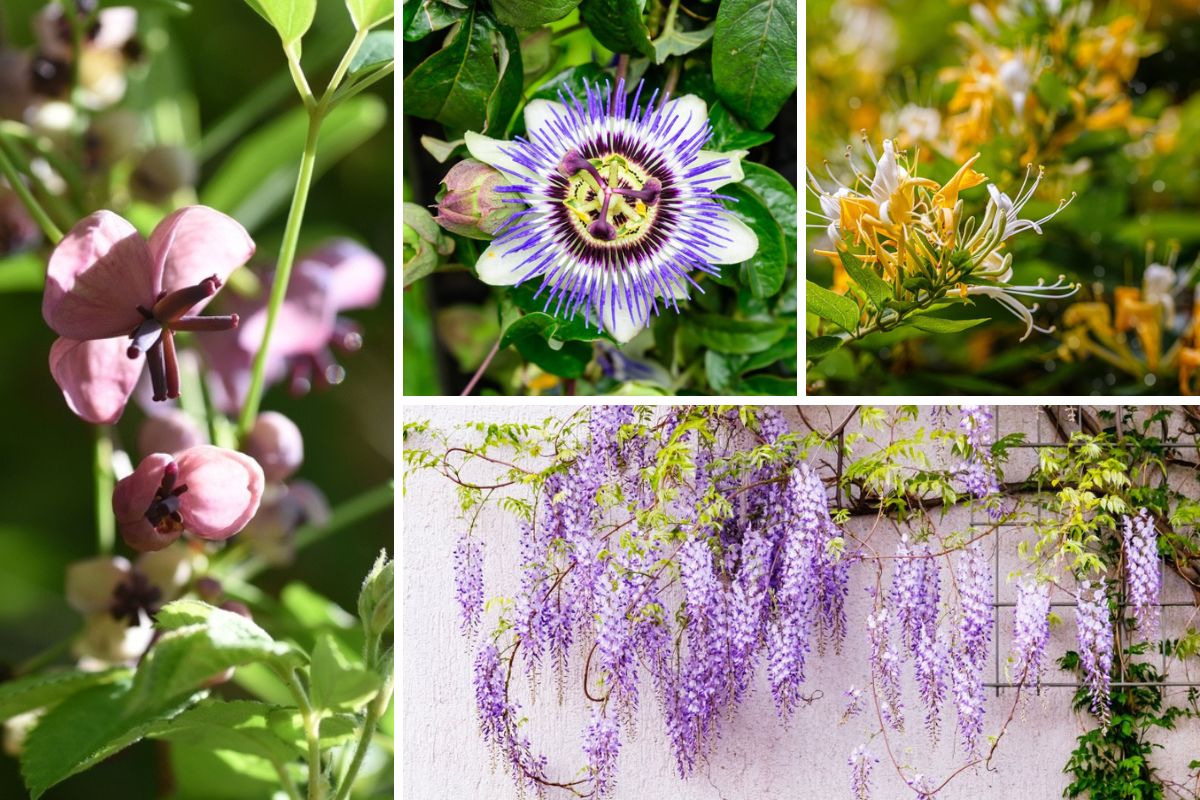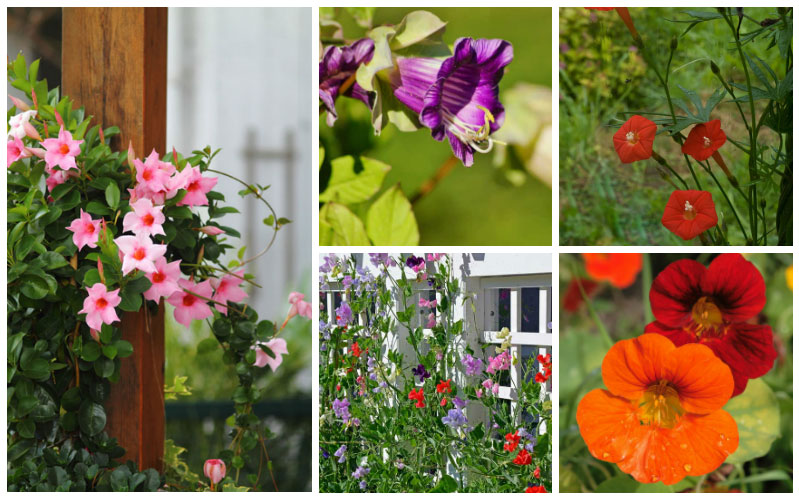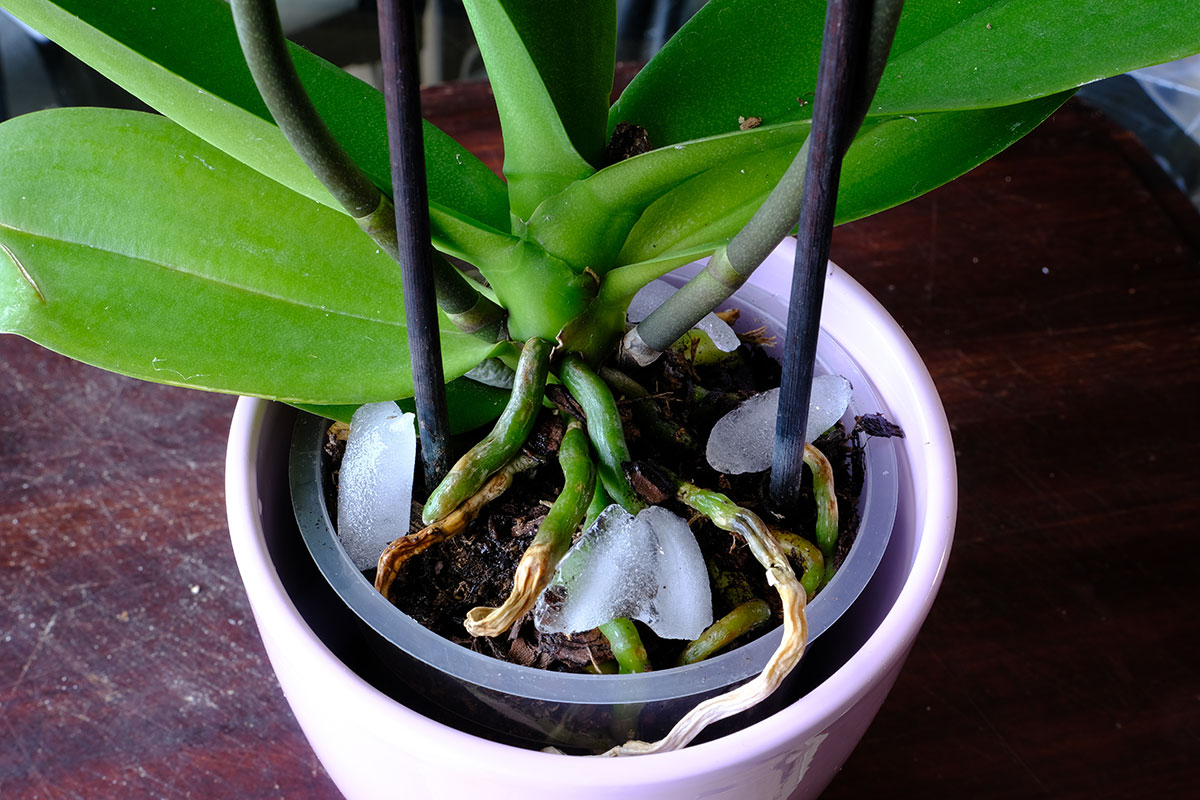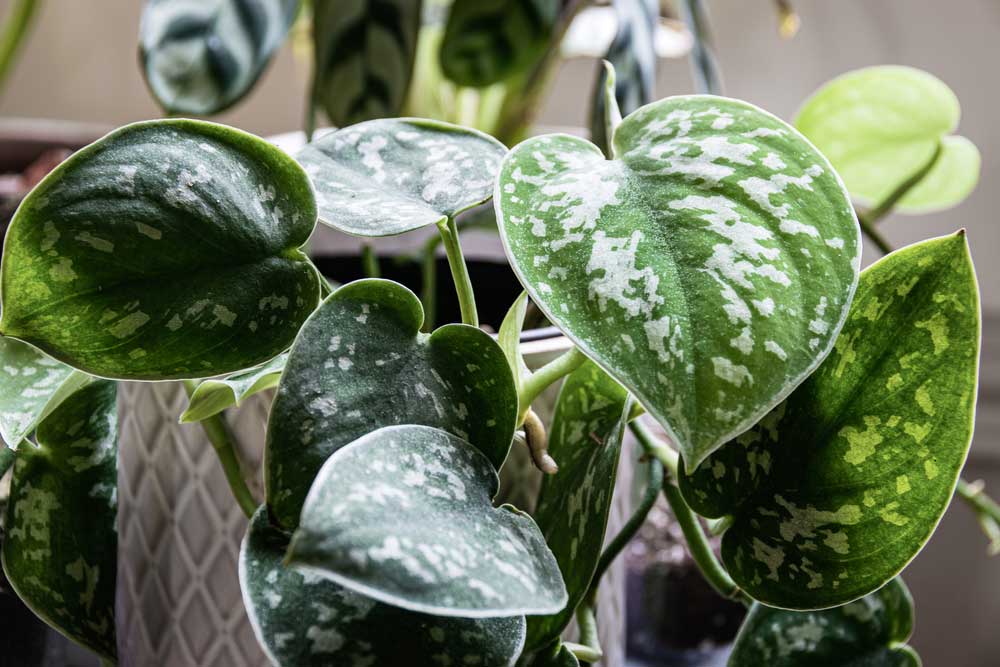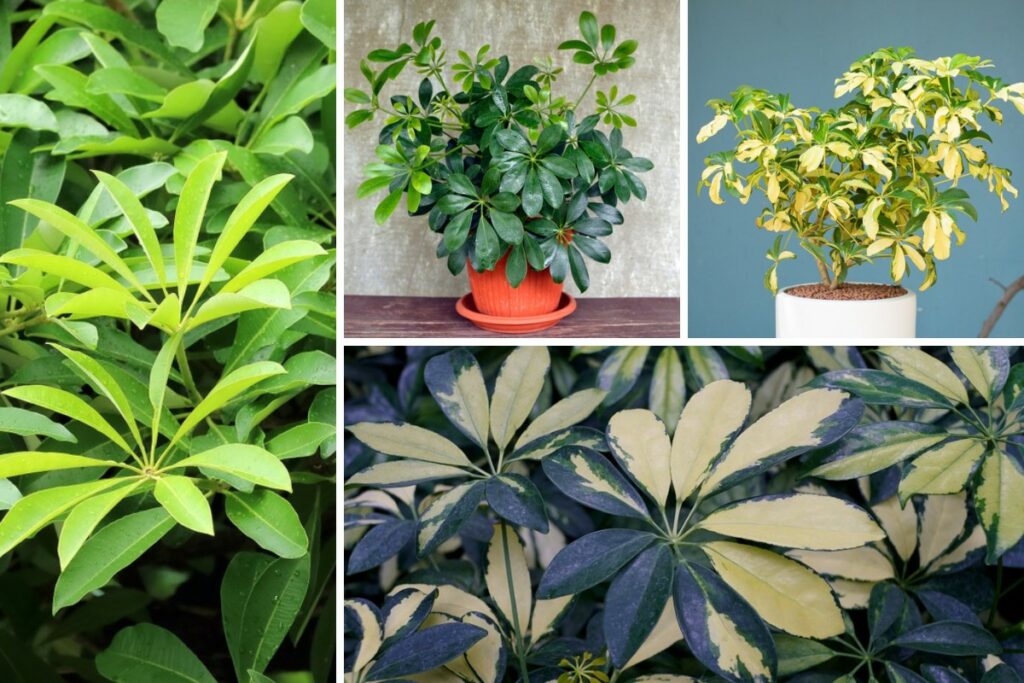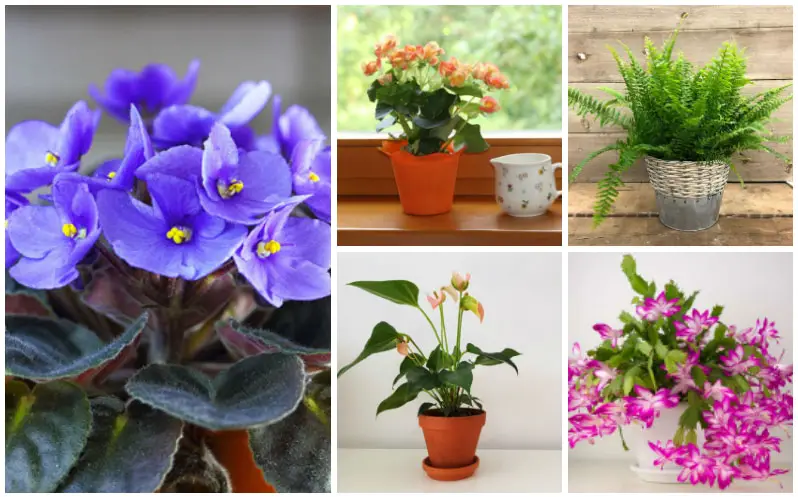
Many houseplants thrive in medium-light conditions. These plants often do well in east-facing windows or under two fluorescent bulbs. They also thrive in the indirect light coming in west-facing windows. Besides placing the plant in the right location, you need to know how to care for it, as some like to be dry while others thrive in wetter conditions.
Some love being regularly fertilized while others hate almost all fertilizers.
Here are 12 of our favorite medium-light houseplants.
African Violet
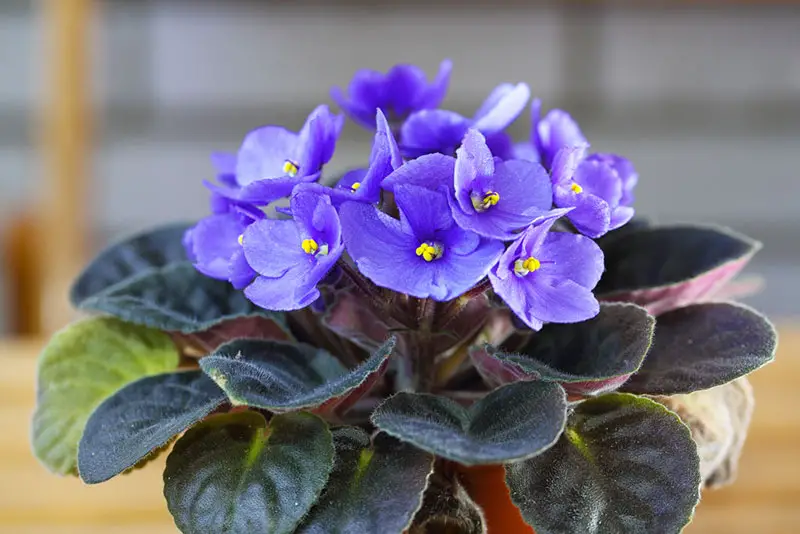
African violets grow up to 9-inches tall. Tiny flowers grow on this plant throughout the year. While purple has been the most traditional option, bicolor choices are now available. Furthermore, single, semi-double and double rows of petals are available in this plant that has dark-green leaves. This plant must have soil that drains exceptionally well.
Aluminum Plant
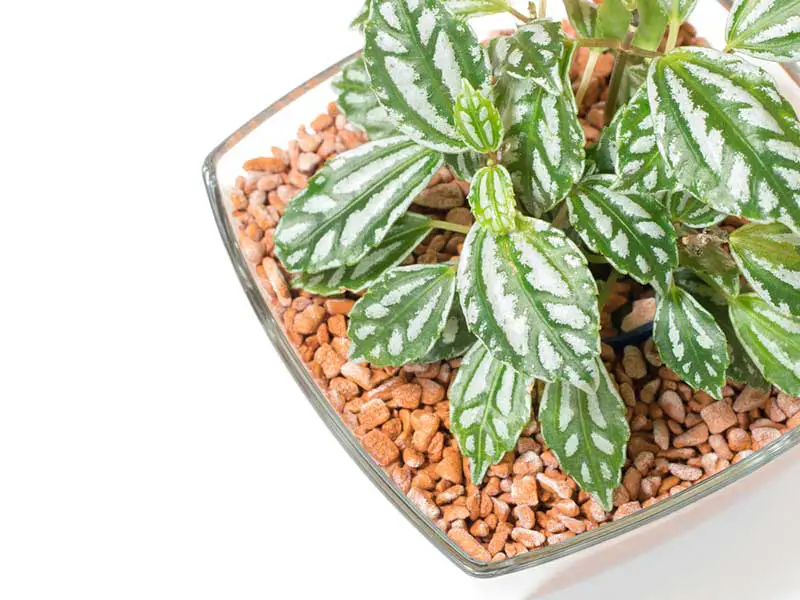
The aluminum plant is grown for its beautiful foliage as the green leaves look like they have been splashed with aluminum paint. Place this plant in peaty soil. Water it frequently during the spring and summer as it loves the humidity. Alternatively, place a saucer under this plant. This plant that will grow up to 12-inches tall occasionally puts on inconspicuous yellow-green flowers during the summer.
Dieffenbachia
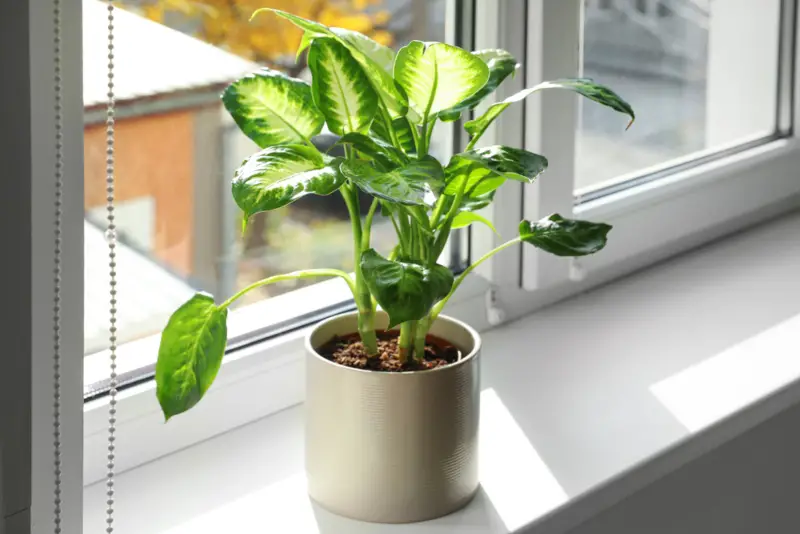
Dieffenbachia is another option that is grown for its foliage. The pointed oblong leaves on this plant can be up to 12-inches long. The dark green leaves are spattered with a creamy-white color. Expect the lower leaves to fall off as this plant matures. When the leaves fall, this reveals the cane-like stem on this plant that can grow up to 10-feet tall. While this plant puts on white Calla-type flowers followed by red berries, it will seldom flower when grown as a houseplant.
Begonia
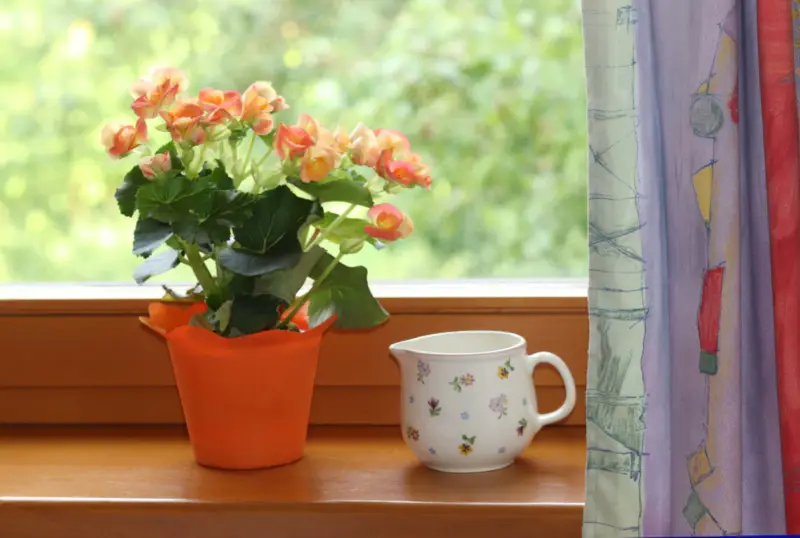
There are more than 1,800 varieties of begonias. Generally, you can divide begonias into three broad groups. Waxy begonias have round green or reddish-brown leaves that are shiny. The flowers on this option can be red, white, or pink and up to 1.5-inches across. Another large group is the tuberous options that can be upright or trailing. These choices have pink, yellow, orange, red, or white flowers that can be single, double, or ruffled. The last large group is the angel-winged begonias that are grown for their foliage. The leaves on these options are green on the top and red on the bottom, with most having streaks of another color.
Boston fern
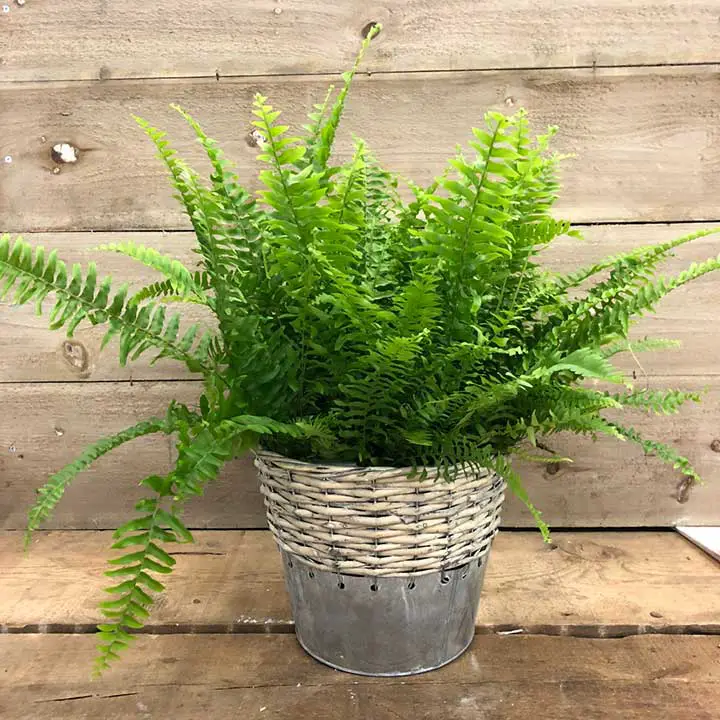
The Boston fern initially grows upward before its fonds gracefully arch with age. This plant thrives in a cool environment that has lots of humidity. It needs to be kept out of direct sunlight and to be kept consistently moist. Fertilize this plant sparingly. The sword-shaped fonds on this plant can grow up to 3-feet long and be 3-inches wide. This option does not flower.
Christmas Cactus
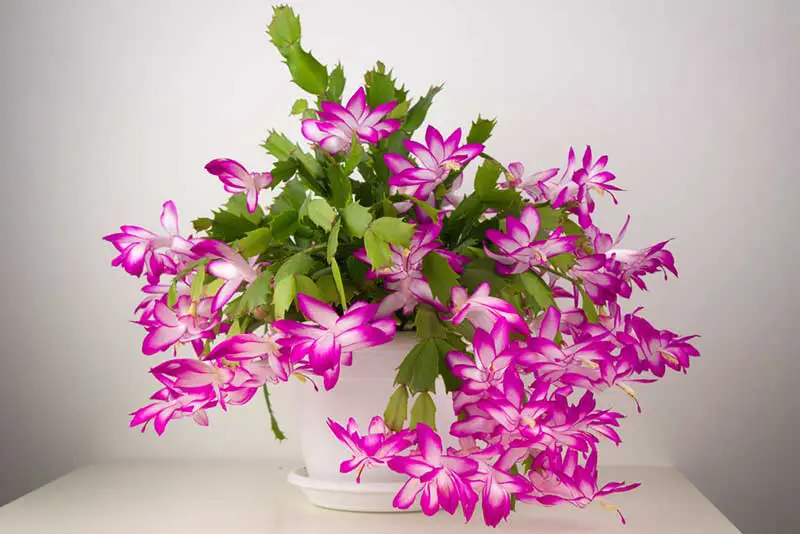
The Christmas Cactus puts on blooms in the spring that can be red, purple, oranges, pinks, or creams. This plant has flat, segmented stems. Each flower consists of 20-to-30 tepals, which appear horizontally or can hang down slightly. The outer tepals are unconnected, while the inner ones are usually connected. This plant needs direct sunlight to bloom. It also needs total darkness at night for at least 13 hours.
Dracaenas
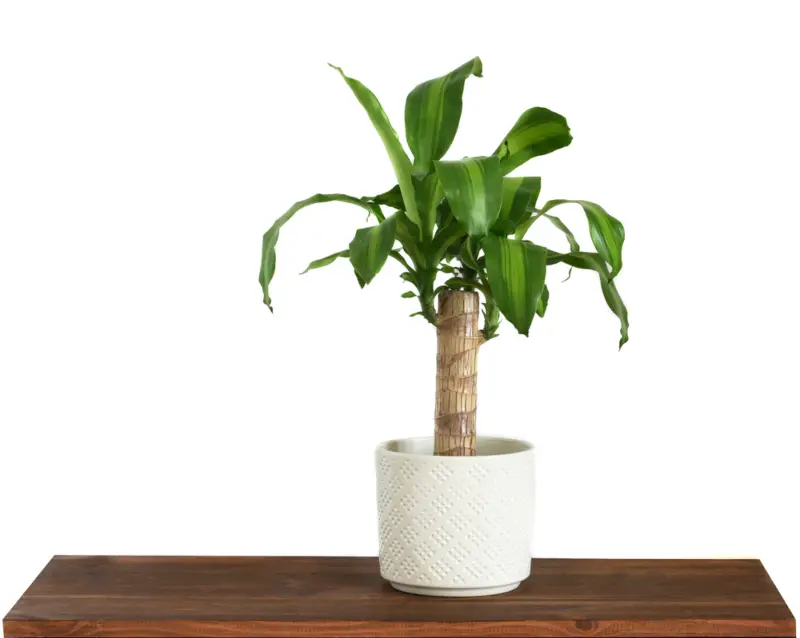
While there are more than 120 species of dracaenas, the most popular option grown as an indoor houseplant is the dracaenas reflexa. This plant does not like direct sunlight at all, and it should be protected from drafts. The leaves on this option can grow to be 6-inches long and are bright green outlined in a lighter green. They grow in spirally arranged whorls. This plant puts on tiny white flowers infrequently that can be followed by red berries.
Crotons
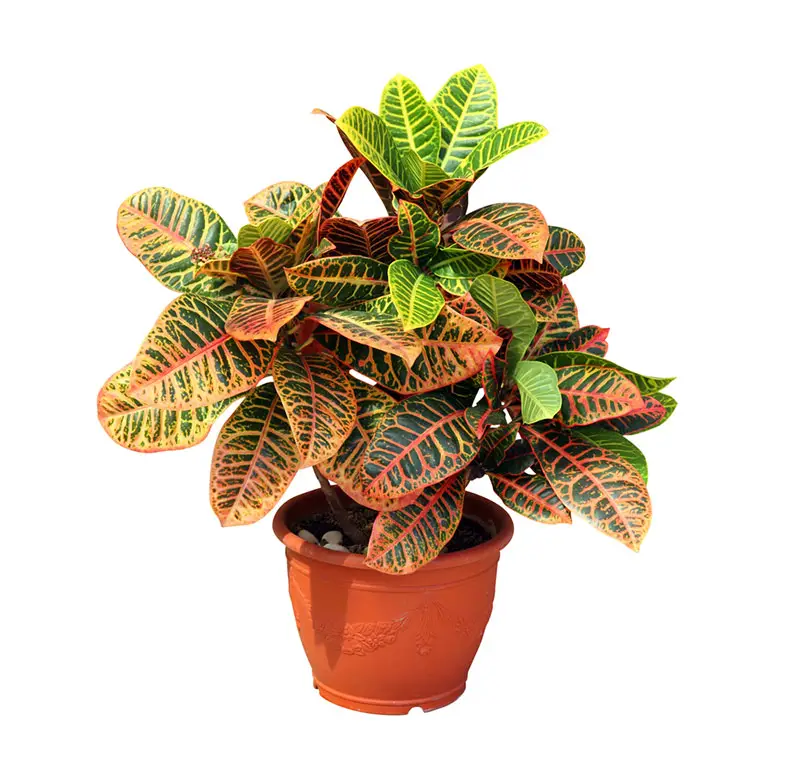
The Codiaeum variegatum has leaves that can be up to 18-inches long and speckled with many different colors, including yellow, pink, orange, red, bronze, purple, and green. This option will grow in low light, but it often has the best color when exposed to a few hours of bright sunlight daily. If it gets too little light, the lower leaves may fall off. This plant loves humidity, and it is often best placed on a tray filled with pebbles and rocks. This houseplant often grows to be 4-feet tall.
Moth orchid
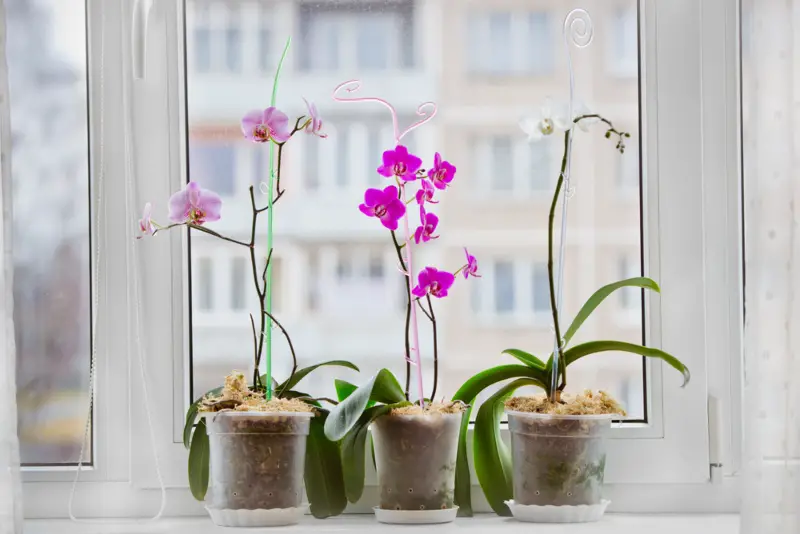
There are more than 45 varieties of moth orchids. Most will bloom once a year for about four months, but you can find options that bloom more often. Long sprays of flowers grow on arching stems, with each flower being about 3.5-inches wide. Dark-green leaves appear on varieties.
Ficus Elastica
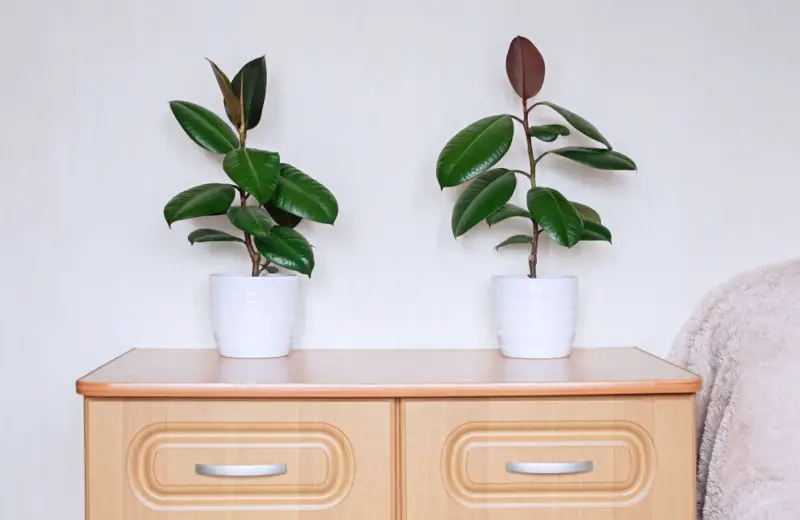
Commonly called the rubber plant, the Ficus elastica usually grows to be about 10-feet tall when grown as a houseplant. This plant produces thick rubbery leaves with pink to purplish stipules. From early spring to fall, you must water this plant regularly. Then, you need to water it sparingly throughout the winter.
Gardenia
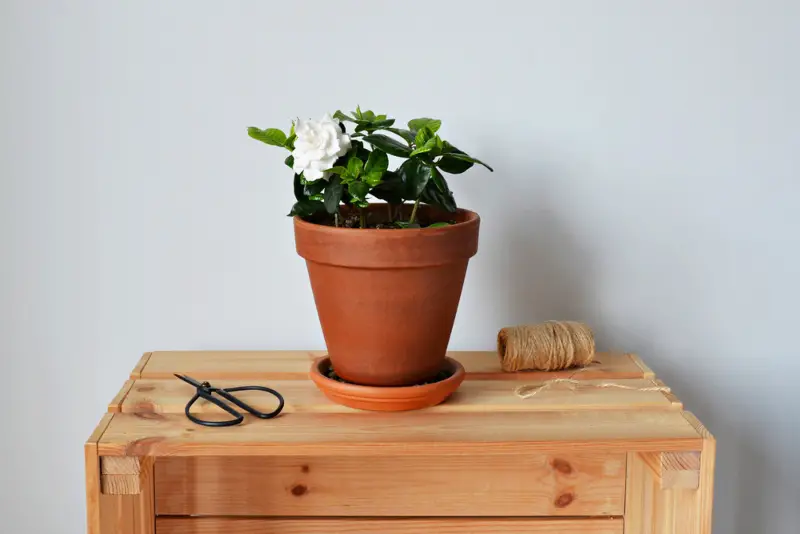
If you are an experienced houseplant grower, then growing a gardenia may be the perfect challenge for you. These plants want shade from the afternoon light, but they want the morning light. They do not respond well to being moved around, so choose your spot carefully. They also want to be kept at about 64 degrees during the day and 55 degrees at night. When you find the right place for your gardenia, it will reward you with white flowers throughout the year.
Flamingo Lily
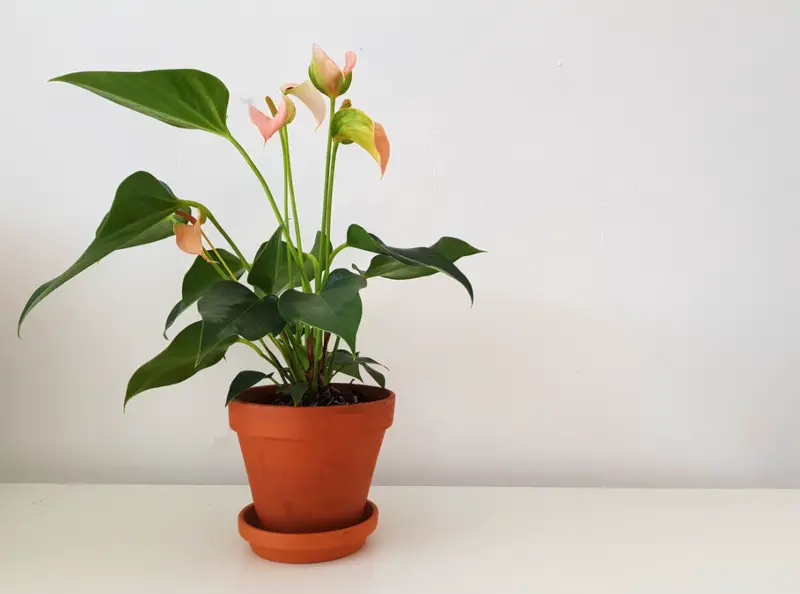
The flamingo lily loves the humidity and not to dry out. This member of the lily family has bright red spathes that have a waxy appearance. The spathes contrast with its bright yellow spadices. The leaves on this option are dark green and heart-shaped. This option usually blooms abundantly throughout the year.

